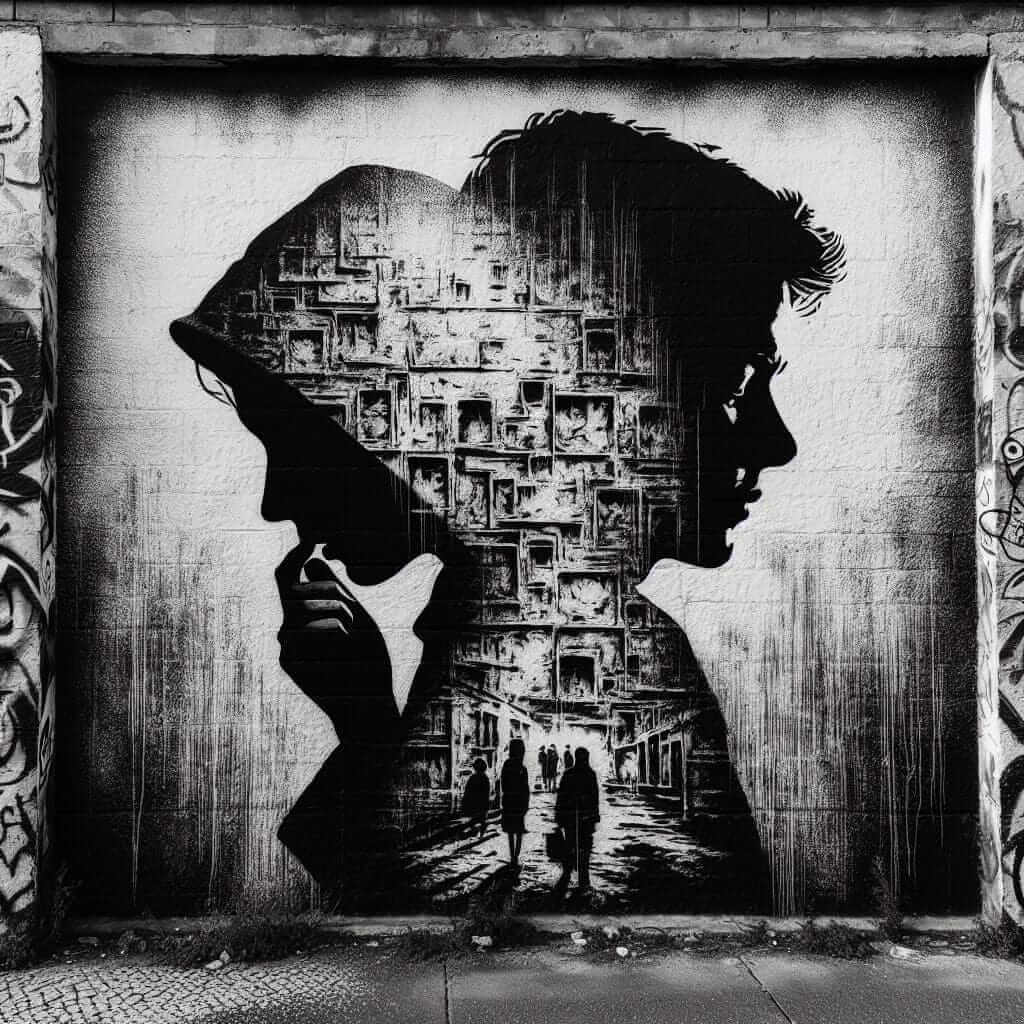Art has long been a powerful medium for expressing political dissent, advocating for social change, and building solidarity among marginalized communities. The role of art in social movements is a compelling topic that often appears in IELTS Writing Task 2 prompts. In this article, we will explore this crucial subject, along with providing you with one sample IELTS Writing Task 2 essay, analysis, and important vocabulary to consider.
Table Of Contents
Common IELTS Writing Task 2 Prompts Related to Art and Social Movements
- “Discuss the role of art in social movements and how it can influence change in society.”
- “To what extent do you agree or disagree that art has a powerful impact on social and political movements?”
- “Art often serves as a tool for political expression. Discuss its effectiveness in creating social awareness.”
Choosing a Prompt and Analyzing It
For this article, we will select the first prompt:
“Discuss the role of art in social movements and how it can influence change in society.”
Analysis
This prompt asks you to explore the specific ways in which art participates in social movements and how it contributes to influencing societal change. Keywords include “role of art,” “social movements,” and “influence change in society.” To properly address this prompt, it’s essential to provide examples, discuss the mechanisms through which art exerts its influence, and consider both historical and contemporary contexts.
Sample Essay
Introduction
Art has served as a vital tool for social movements throughout history, offering a unique avenue for expressing dissent, raising awareness, and mobilizing action. Its emotional potency and universal language transcends linguistic barriers, making it an ideal medium for advocacy. This essay will discuss the role of art in social movements and examine how it can influence societal change.
Body Paragraph 1
Firstly, art plays a critical role in amplifying the voices of marginalized communities. Visual arts, music, and literature often reflect the struggles and aspirations of these groups, providing a platform for their stories to be heard. For example, the Civil Rights Movement in the United States utilized songs like “We Shall Overcome” as anthems of resistance. These artistic expressions not only helped to unify the movement but also evoked empathy and solidarity among broader audiences.
Body Paragraph 2
Secondly, art can act as a catalyst for change by provoking thought and inspiring action. Street art, for instance, often tackles contentious social issues, bringing them to public attention in a compelling and visually arresting manner. The works of famous street artists like Banksy have sparked debates and inspired activism surrounding issues like war, poverty, and environmental degradation. Such artistic endeavors engage the public in conversations, fostering a civic sense of responsibility and fostering change.

Body Paragraph 3
Moreover, art’s influence extends beyond mere awareness-raising; it can also create tangible change by influencing public policies. In many instances, artistic works have inspired legislative action or societal shifts. For instance, the harrowing photographs taken during the Vietnam War significantly altered public perception and contributed to the anti-war movement, eventually influencing political decisions.
Conclusion
In conclusion, art plays an indispensable role in social movements, acting as a voice for the marginalized, a catalyst for public discourse, and an influencer of policy changes. Its unique ability to transcend language and cultural barriers allows it to touch the hearts and minds of people across diverse demographics, making it a potent tool for societal transformation. Therefore, its significance in effecting change within society cannot be overstated.
(Word Count: 345)
Tips for Writing on This Topic
- Use Specific Examples: Illustrate your points with specific historical or contemporary examples.
- Focus on Mechanisms: Explain how art influences change (awareness, empathy, mobilization).
- Stay Balanced: While emphasizing the power of art, also consider potential counterarguments or limitations.
Vocabulary to Remember
- Amplify (verb) /ˈæm.plɪ.faɪ/: To increase the strength of (something).
- Mobilize (verb) /ˈmoʊ.bə.laɪz/: To organize and encourage (people) to act in a concerted way.
- Catalyst (noun) /ˈkæt.ə.lɪst/: A person or thing that precipitates an event or change.
- Evocative (adjective) /ɪˈvɒ.kə.tɪv/: Bringing strong images, memories, or feelings to mind.
- Empathy (noun) /ˈem.pə.θi/: The ability to understand and share the feelings of another.
- Solidarity (noun) /ˌsɒl.ɪˈdær.ɪ.ti/: Unity or agreement of feeling or action.
- Resonance (noun) /ˈrez.ən.əns/: The quality of having an affecting or emotional impact.
- Advocacy (noun) /ˈæd.və.kə.si/: Public support for or recommendation of a particular cause or policy.
- Transcend (verb) /trænˈsend/: To go beyond the limits of (something abstract).
- Marginalized (adjective) /ˈmɑː.dʒɪ.nə.laɪzd/: Treated as insignificant or peripheral.
Conclusion
Understanding the role of art in social movements is crucial for comprehending its impact. Art not only amplifies marginalized voices but also inspires action and influences policy change. For IELTS Writing Task 2, being able to discuss this topic effectively can significantly enhance your score. Consider practicing with the related prompts provided to better prepare for the exam.